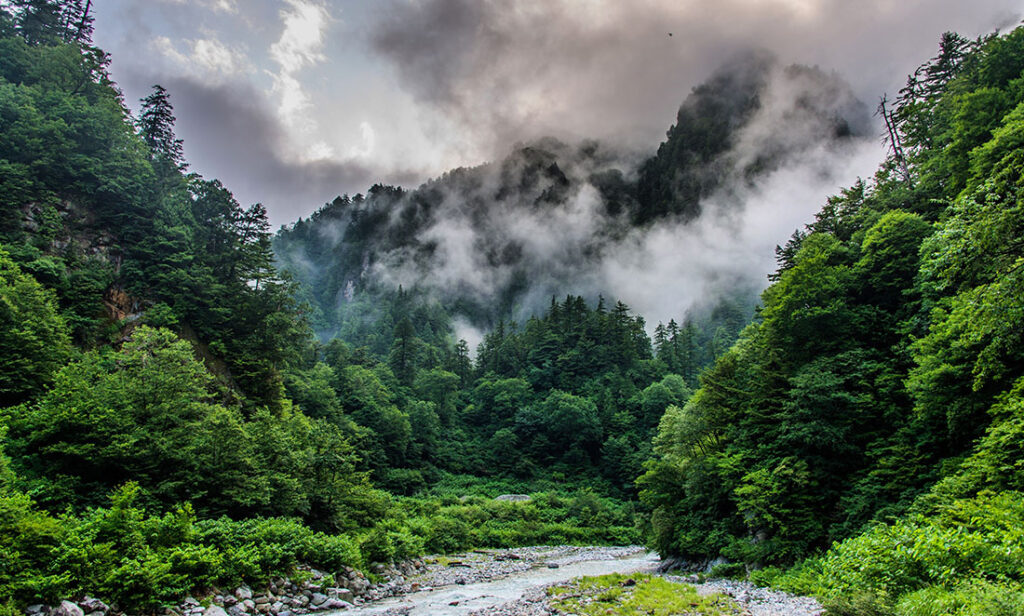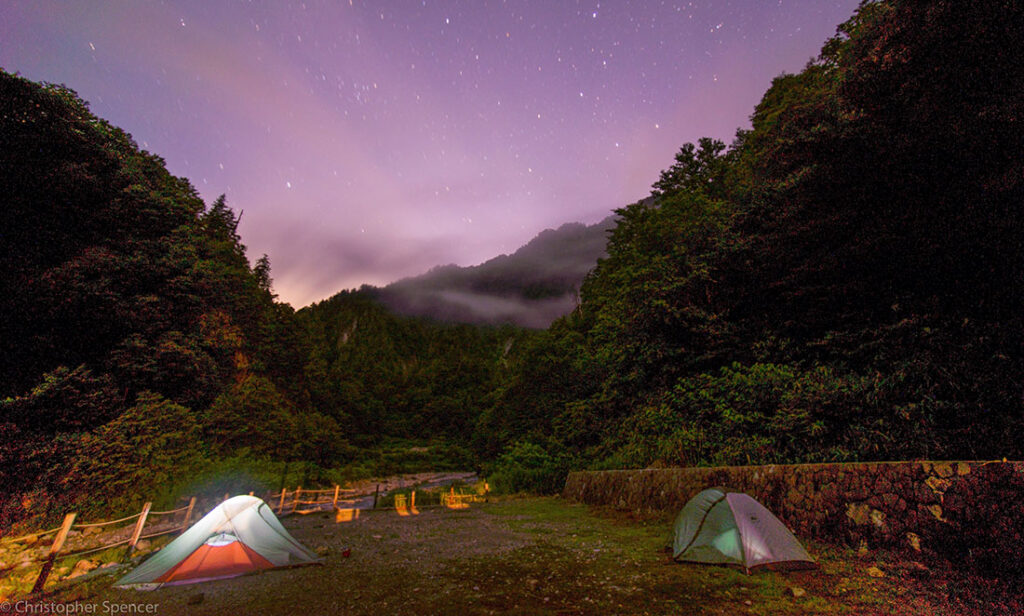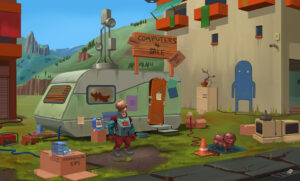Hidden very deep underground is a hot flowing river of melted rock or magma.
Like all rivers, it doesn’t stay still. This movement can do two things. It can cause an earthquake or it can create rock—two different types of rock, in fact.
The river of hot magma can escape through a volcano on the Earth’s surface, cooling to form volcanic rock.
Alternatively, it can solidify slowly below the surface, forming plutonic rock.
Researchers at Curtin University are studying plutonic rock to understand the movement of magma and, in turn, help us understand the nature of volcanic activity around the world.
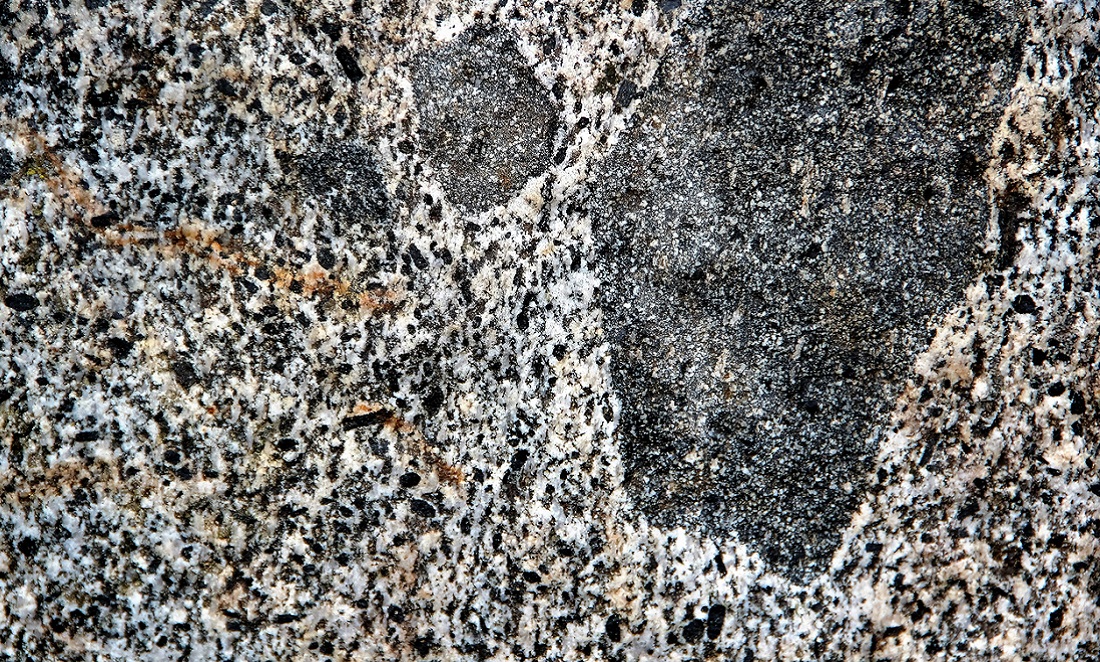
So where do you start when the river is underground?
Curtin researcher Dr Christopher Spencer says the Hida Mountains in central Japan are providing the perfect site to study plutonic rock.
Here, monkeys sit in hot springs in the area that is covered by snow.
The springs are actually warmed by the surrounding plutonic rock. These were originally pushed to the surface so rapidly from tectonic activity (think earthquakes), they still haven’t completely cooled down.
But luckily for us, the rocks on the surface are cool enough to be studied and sampled.
Rocks so cool you just have to date them
Studying and sampling rocks is basically a history lesson.
To date a rock, scientists have to look at its mineral composition. The age of the Hida Mountain rocks were determined using uranium-lead geochronology of zircon (a mineral found in the granite).
“We saw there the youngest rocks were about 800,000 years old and preceding generations about 700,000 years apart back in time to over 2 million years,” says Chris.
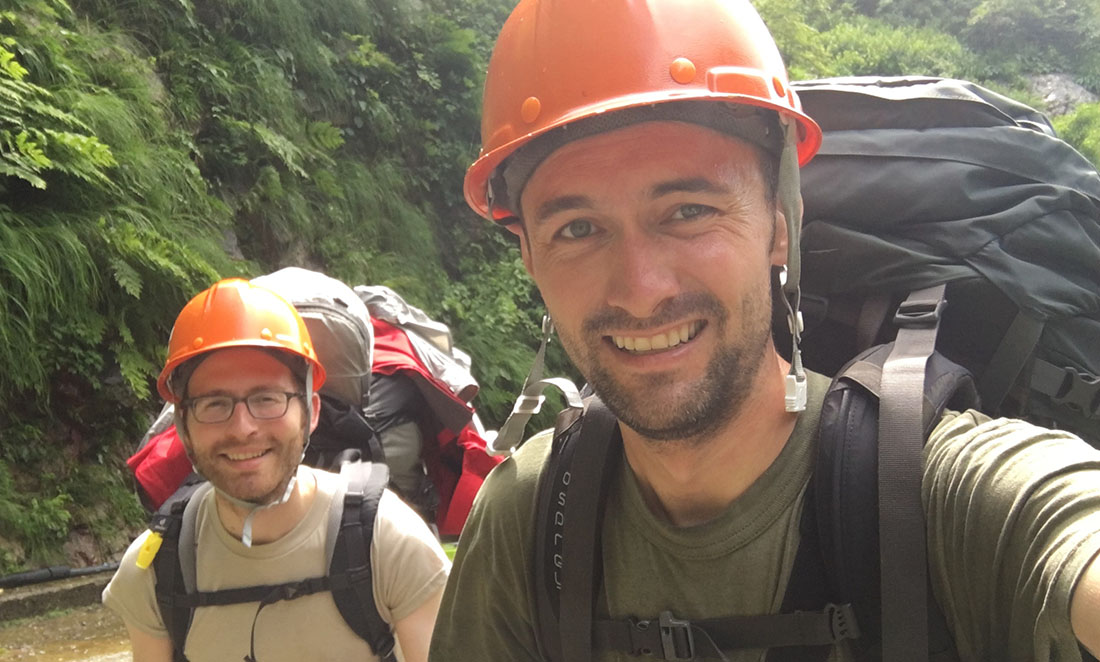
He says this suggests that, every 700,000 years, there is a ‘magmatic pulse’ where the magma is suddenly ‘pulsed’ or pushed harder.
And the next big pulse may already be happening.
“Deep in the crust, there might be another pulse that has started but hasn’t manifested on the surface yet,” he says.
Samples of the Hida Mountain rock were collected and then later analysed at the Central Research Institute of Electric Power Industry of Japan and the John de Laeter Centre at Curtin Uni.
“By analysing the timing of the magmatic pulses deep beneath the surface of the volcanoes, we are able to understand how these systems work from top to bottom,” Chris says.
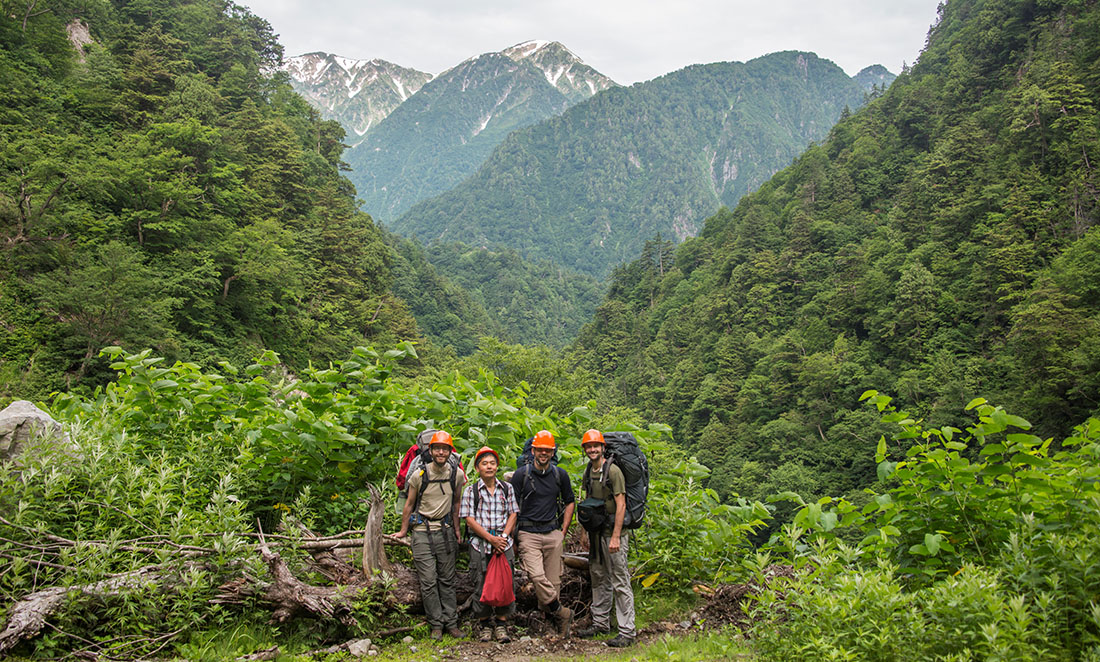
Dating is just as hard with rocks as it is in the real world
However, predicting magmatic pulses always comes with uncertainty.
“When we measure age, we may get an age of 1 million years plus or minus 50,000 years,” he says.
“We may not know the exact age, but we know it’s somewhere within the range.”
Chris says we’re seeing a similar situation in Bali at the moment, where the magma is starting to rise up and cause earthquakes.
The situation in Bali is causing people to be concerned, and it’s affecting the economy.
“Mount Agung could erupt tomorrow or could be 100 years from now, and either way, a geologist wouldn’t be surprised.”
“As geologists, we don’t have the predictive framework to be that accurate, and the Earth just works on different timescales than us humans.”
The next stage is to perform more measurements on the rocks to understand other parts of their chemistry.
“We understand how they were first formed but not how they got so quickly to the surface.”
“The more we know about the tempo of magma formation deep within the volcanoes, the better we can understand the nature of volcanic activity around the world.”







